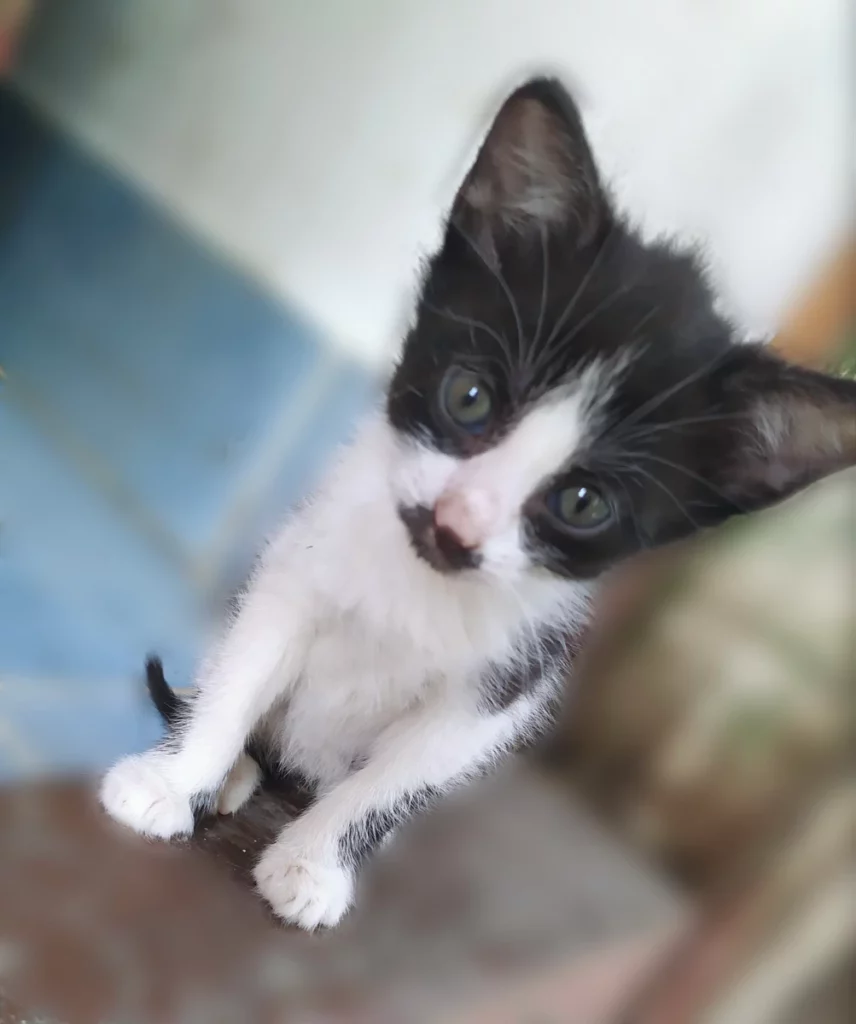Home > Teams > Advanced Core Facilities > HCEMM-USZ Functional Cell Biology and Immunology Advanced Core Facility > Members > Farkas Attila
Present and previous positions:
2021- Senior Research Assistant of Advanced Core Facility, HCEMM, Hungarian Centre of Excellence for Molecular Medicine, University of Szeged, Szeged, Hungary
2017- Scientific Administrator, Biological Research Centre, Hungarian Academy of Sciences, Institute of Plant Biology, Szeged, Hungary
2012-2017 Scientific Administrator, Symbiosis and Functional Genomics Unit, Microbial Genomics, Biological Research Centre, Hungarian Academy of Sciences, Institute of Biochemistry, Szeged, Hungary
2008-2012 Young Scientist, Bioenergy, Microbial Genomics, Bay Zoltán Research Foundation, BayGen Institute Szeged, Hungary
Education:
2008 University of Szeged, Hungary, Faculty of Natural Science, Environmental Researcher MSc.
2003 University of Szeged, Hungary, Juhász Gyula Teacher Training Faculty, Biology – Physical education
Professional Affiliation:
Member in Hungarian Society for Microbiology
Areas of Expertise
Scanning electron microscopy, Confocal laser scanning microscopy, Microbial Interactions, Symbiosis Research, Natural Antimicrobial Peptides, Protein-protein interaction, Molecular background of natural algal bacterial association.
Expertise in Scanning Electron Microscopy
5 years of experience with JEOL JSM-7100F / LV high-end field emission scanning electron microscope
5 years of experience with bacterial, fungal, algal, plant, arthropod, human cell lines biological samples
Experience using Quorum K850 critical point dryer in biological sample preparation technique
Experience with Quorum Q150 coater for high resolution SEM images in vacuum evaporation mode with gold and chromium
Experience in the latest sample preparation technique by ionic hyperosmotic liquid for observing less conductive samples
Scanning electron microscopy techniques in original research
Csaba Bajusz, Ildikó Kristó, Csilla Abonyi, Tomáš Venit, Viktor Vedelek, Tamás Lukácsovich, Attila Farkas, Péter Borkúti, Zoltán Kovács, Izabella Bajusz, Annamária Marton, Csaba Vizler, Zoltán Lipinszki, Rita Sinka, Piergiorgio Percipalle, Péter Vilmos The FEBS Journal 2021 Feb 19.
doi: 10.1111/febs.15779.
Holzknecht, Jeanett ; Kühbacher, Alexander ; Papp, Csaba ; Farkas, Attila ; Váradi, Györgyi ; Marcos, Jose F. ; Manzanares, Paloma ; Tóth, Gábor K. ; Galgóczy, László ; Marx, Florentine JOURNAL OF FUNGI 6 : 3 Paper: 141 , 21 p. (2020)
Kovács, R ; Holzknecht, J ; Hargitai, Z ; Papp, C ; Farkas, A ; Borics, A ; Tóth, L ; Váradi, G ; Tóth, GK ; Kovács, I et al. ANTIMICROBIAL AGENTS AND CHEMOTHERAPY 63 : 2 Paper: e01777-18 , 12 p. (2019)
Harmati, M. ; Gyukity-Sebestyen, E. ; Dobra, G. ; Janovak, L. ; Dekany, I. ; Saydam, O. ; Hunyadi-Gulyas, E. ; Nagy, I. ; Farkas, A. ; Pankotai, T. et al. SCIENTIFIC REPORTS 9 : 1 Paper: 15329 (2019)
Farkas, Attila ; Pap, Bernadett ; Kondorosi, Eva ; Maroti, Gergely FRONTIERS IN MICROBIOLOGY 9 Paper: 2600 , 10 p. (2018)
Montiel J1, Downie JA2, Farkas A1, Bihari P3, Herczeg R3, Bálint B3, Mergaert P4, Kereszt A5, Kondorosi É5,4. (2017) Proc Natl Acad Sci U S A. May 9;114(19):5041-5046. doi: 10.1073/pnas.1704217114. Epub 2017 Apr 24.
Farkas A., Maróti G#., Kereszt A. and Kondorosi É. (2017) Frontiers in Microbiology 8:51, doi: 10.3389/fmicb.2017.00051
This project has received funding from the European Union’s Horizon 2020 research and innovation programme under grant agreement No 739593. HCEMM supported by EU Programme: H2020-EU.4.a. – Teaming of excellent research institutions and low performing RDI regions. Project starting date was 1 April 2017.






